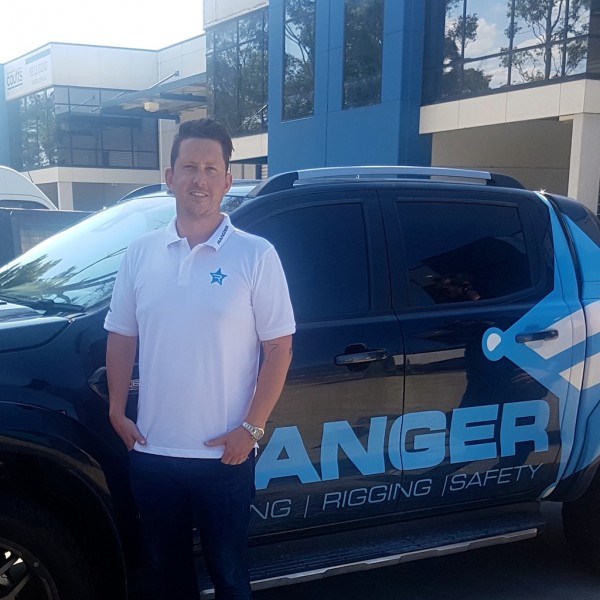Ranger Lifting, which is headquartered in Sydney and recently opened a facility in Melbourne, Australia, has welcomed publication of a new national standard covering roundslings that will be launched next week (Tuesday 10 April 2018).
AS 4497:2017 will supersede AS 4497.1 Roundslings—Synthetic fibre, Part 1: Product specification; and AS 4497.2 Roundslings—Synthetic fibre, Part 2: Care and use (both 1997). The objective of the standard is to combine the two previously separate parts for manufacturing and safe use into a single document.

The document was produced by Australian Standards (AS) Committee ME-025 Lifting Tackle, which recently welcomed Ranger’s general manager, Ashley Thacker. Standards Australia, the nation's peak non-government, not-for-profit standards organisation, forms such technical committees by bringing together relevant parties and stakeholders. Through a process of consensus, committees develop standards for Australia’s net benefit.
Thacker said: “The scope of work for AS 4497:2017 was largely completed prior to my arrival so I don’t want to take any credit for its production. However, I fully support publication of the standard and recommend that everyone in the lifting industry absorb its content. Roundslings are an extremely useful rigging tool—we recommend their use on a daily basis—but they are more susceptible to physical and environmental damage than some other types of sling, thus, it’s important that they are only used by competent professionals who understand the equipment and its intended purpose.”
The 50-plus-page document that captures AS 4497:2017 includes a host of fresh or updated content, in addition to new figures, tables, and appendices. For example, protective pads and corners; markings; working load limit (WLL) tags; colours and stripes; materials, including high modulus polyethylene (HMPE); cut protection; and more are all cited in the early pages as incorporated changes.
Thacker added: “Importantly, the standard captures manufacturing and safe use in one document. With frequent references to competency, it essentially covers everything required to ensure riggers and professionals applying these tools onsite—and those they work with—go home to their families at night, which was my principle motivation for joining ME-025.”

Follow us on social media: